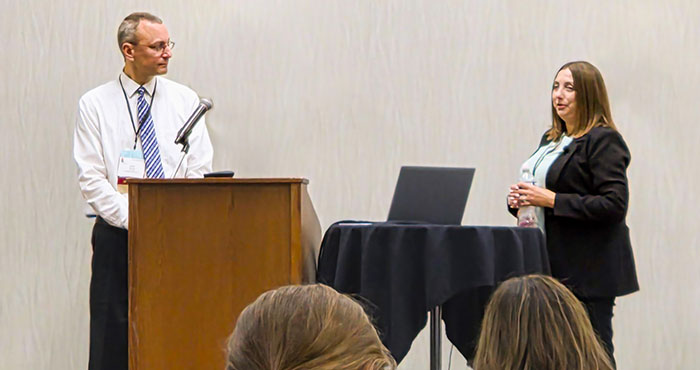Sharing Knowledge and Building Connections
Over the last few months, Redpath professionals have been presenting, teaching, and trading ideas with leaders across the government accounting...

December 31, 2018 — Most businesses incur travel, meal, gift, and listed property expenses in the ordinary course of business. The IRS requires documentation in order to substantiate that these expenses have a legitimate business purpose and if substantiation is not present the IRS may disallow the expense altogether. Expenses have even been disallowed in situations where the court believes that a legitimate expenditure was made if proper substantiation was not maintained. Below is a limited outline of the substantiation rules related to business travel, meals, gifts, and listed property.
IRC Sec. 274(d) specifies that no deduction is allowed for any traveling expenses, including for meals and lodging while away from home, local transportation, for any business gift expense, or with respect to any listed property unless the taxpayer substantiates the expenses. The following items can be substantiated by maintaining adequate contemporaneous records or by supplying sufficient evidence corroborating the taxpayer’s own statement, such as:
In addition to meeting the above substantiation requirements, taxpayers generally must substantiate all travel, meal, and entertainment expenses in excess of $75 with a written receipt.
Substantiate travel expenses by first including the amount of each separate expense for transportation, lodging, and meals. Next, include the date the taxpayer left and returned for each trip, the number of days for business, the name of the city or other designation, and the business reason for travel or nature of business benefit gained or expected to be gained.
Business meals should be substantiated by including the amount of the meal, the date of the meal, time spent discussing business, name and address of the place, the business reason or nature of business benefit gained or expected to be gained, and occupational or other related information. This information may include names or other designations about persons at the meal that show their business relationship to the taxpayer.
Business gifts are limited to $25 per individual per year. Furthermore, that deduction should be substantiated—including the cost of gift, date of gift, description of gift, business reason for making the gift, or the nature of business benefit gained or expected to be gained, and the occupation, name, or other designation of the recipient that shows the business relationship to the taxpayer.
Listed property generally includes any passenger automobiles and any other property used as a means of transportation, such as trucks, buses, trains, boats, airplanes, motorcycles, or any other vehicle used for transporting persons or goods. For listed property, the taxpayer must substantiate its business use.
While a contemporaneous log is not required, a contemporaneous mileage log is a common way to meet the substantiation requirements. The mileage log would show the number of miles driven, the date the miles were driven, the origin and destination, the business purpose, and the business relationship to the taxpayer of any persons involved.
The rules regarding substantiation for vehicles is unique and varies depending upon the specific policies regarding personal use of the vehicles the company maintains. For example, no substantiation is required if the employer maintains a written policy of no personal use. If the employer maintains a written policy of no personal use except for commuting, no substantiation is required, but the employee would pick up some income on their W-2 related to the value of the commuting. Another safe harbor where no substantiation is required is where the employer treats the vehicle as 100% personal use and the employee has taxable income equal to 100% of the value of the auto’s availability.
If the substantiation requirements are not satisfied, expenses can be disallowed resulting in additional taxes to the taxpayer. Recently, we have seen increased scrutiny on substantiation including the business and personal mileage of employer-provided automobiles. In one situation, adequate substantiation was not maintained and the IRS determined that the entire value of the personal auto use (including the claimed business percentages) was required to be taxed. This particular case resulted in an additional tax liability of approximately $200,000 over multiple years.
Properly substantiating these types of expenses is a common problem for many businesses. Often times the problem is not identified until the taxpayer has an Internal Revenue Service or a state audit. Understanding the requirements and substantiating the required expenses can save taxpayers money and time in the event of an audit. If you have additional questions regarding the substantiation requirements, please contact John Kammerer at jkammerer@redpathcpas.com or (651) 255-9305.

Over the last few months, Redpath professionals have been presenting, teaching, and trading ideas with leaders across the government accounting...

For search fund entrepreneurs, acquiring a business is both thrilling and uncertain. Unlike private equity firms seeking portfolio growth or...

Even if your business isn’t based in Maryland or Washington State, new laws around digital advertising taxes may affect you now or in the near...